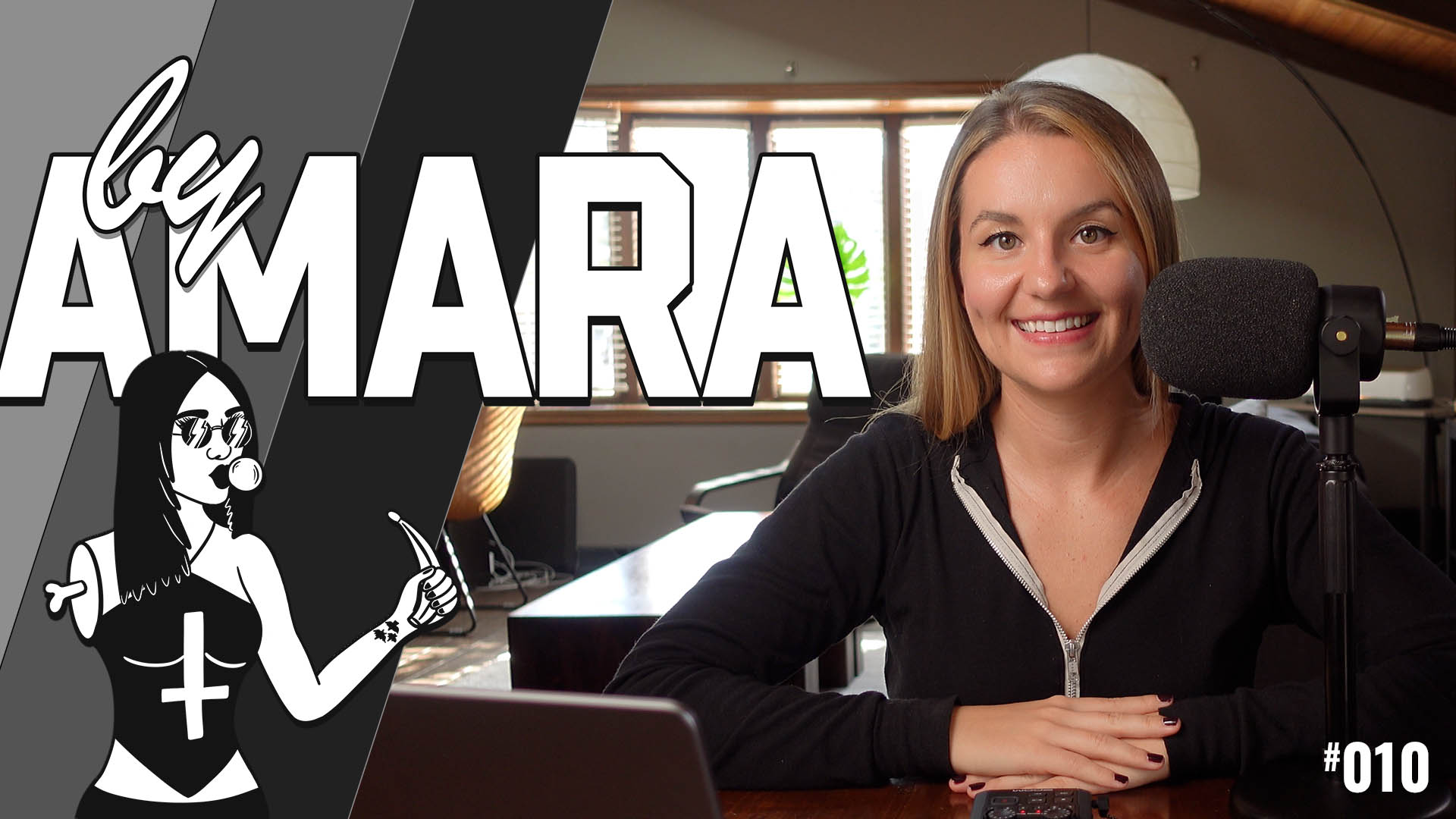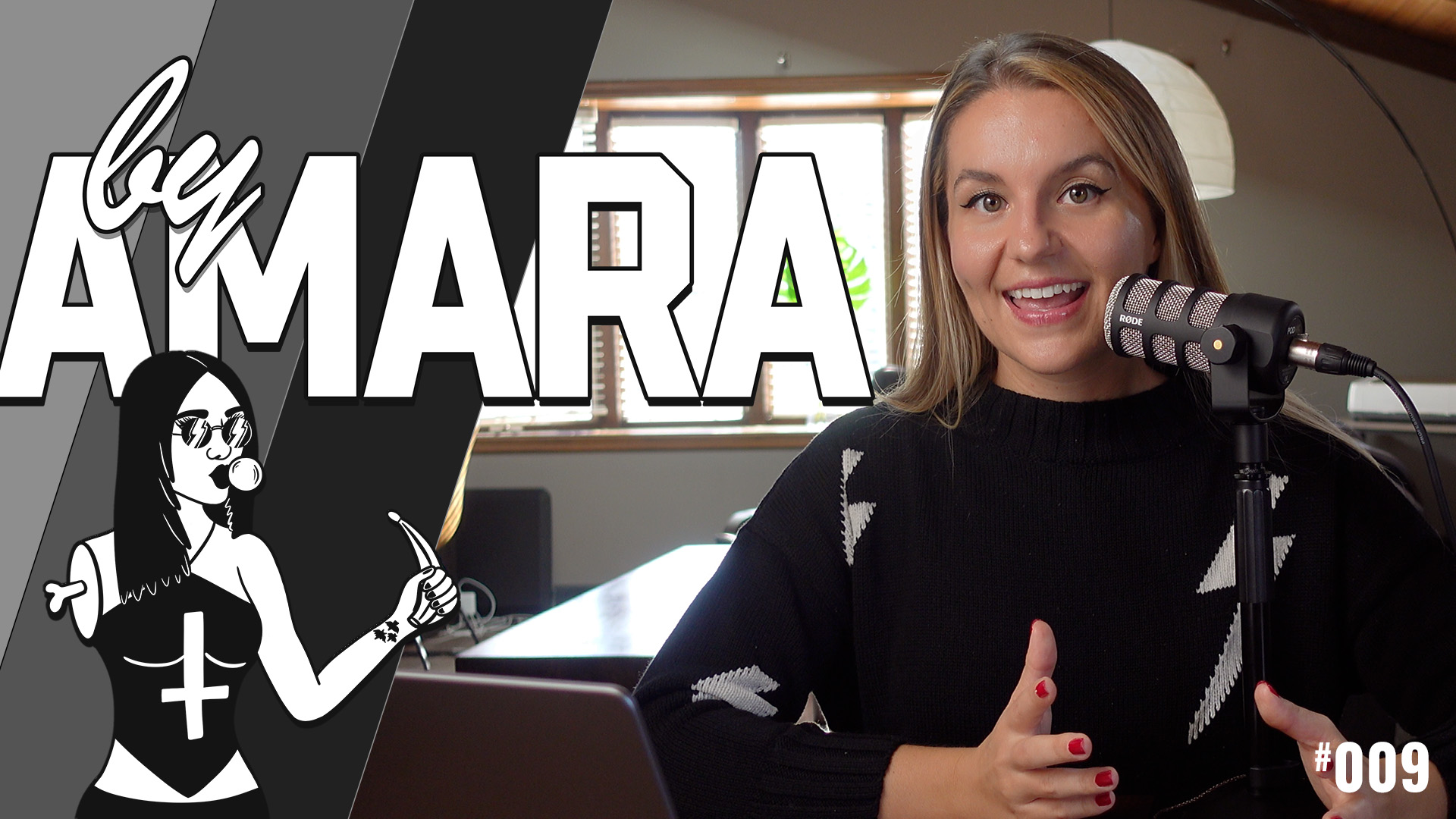Google hasn’t yet confirmed when the Wonder app will be released. I’m curious, though, if there’s a big enough need for it. Is this app actually something you would want?
Transcript
Within the last year, you may have heard about AI-generated art. Google just announced they’re launching a new app called Wonder to create AI-generated artwork.
They have a few different key features in this app, so it’s going to be the same thing where you can type a prompt into their prompt area.
Not only are they doing that, but they’re also, apparently, building cities with it’s City Dream feature. And then you can also create cartoon monsters with its Wobble feature.
There isn’t a release date for the app yet. It was just announced. I’ll let you know as soon as I know!


